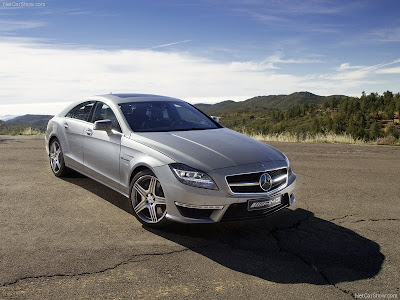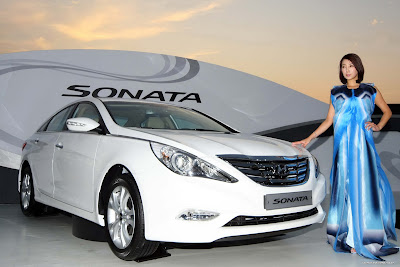Making its debut at the 2011 Geneva Motor Show, the Jaguar XKR-S
is the most extreme expression yet of Jaguar's passion for building
beautiful, fast cars. For the first time with a series production car,
Jaguar gains entry to the exclusive '300kph club' thanks to the
effortless performance of the supercharged 5.0-litre AJ-V8 engine. A
revised fuelling map means the direct-injection powerplant now produces
550PS and 680Nm of torque. Extensive recalibration has ensured that
power delivery and performance are seamless, contributing to a 0-60mph
time of 4.2 seconds. The Performance active exhaust encourages and
rewards the enthusiastic driver with dramatic, motorsport-inspired aural
feedback.
The Jaguar XKR-S is not merely the quickest Jaguar ever but also the
most agile, responsive and driver-focused. The pinnacle of the XK range
builds on feedback gathered from the supercharged XKR and has been
developed to extend the performance parameters of the car. This new
harder-edged character allows the enthusiastic driver to explore the
outer limits of the car's dynamics without losing the refinement and
usability for which Jaguar is famous. The structural integrity of the
lightweight aluminium platform allowed the suspension to be reworked
with bespoke components for increased stiffness without a commensurate
loss in either refinement or Jaguar's legendary ride comfort. A reworked
aluminium front suspension knuckle and revised rear geometry are allied
to stiffer springs and dampers, lightweight forged alloy wheels and
recalibrated steering effort to minimise any response delays and produce
a more connected and agile driving experience.

















































